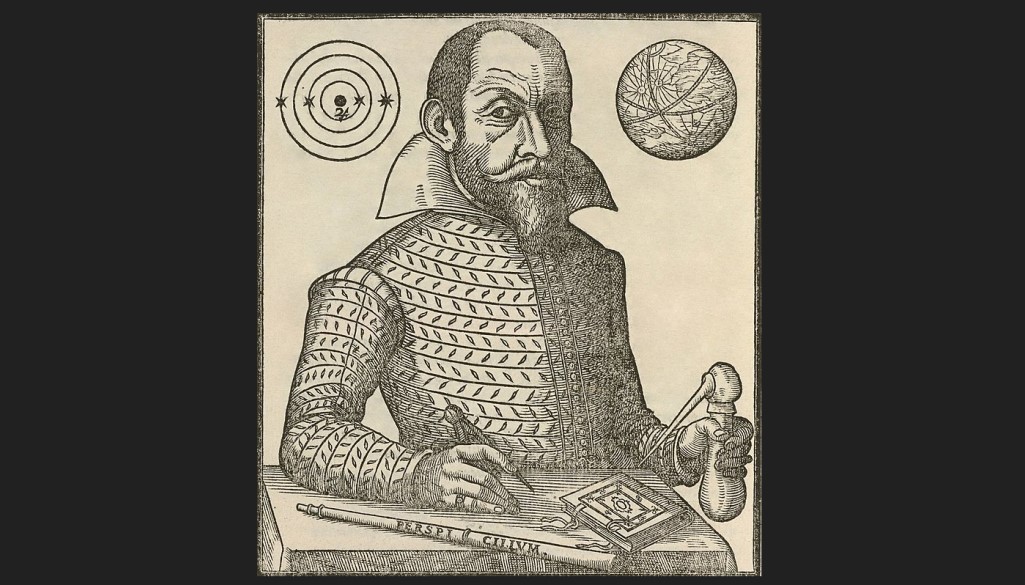Both Br. Guy and Chris Graney are on the mailing list of the Simon Marius Society in Nuremburg, Germany. Recently they sent us an e-mail which read,
The German astronomer Simon Marius died 400 years ago. He was one of the first to make celestial observations with a telescope and saw comets, novae, Jupiter’s moons, Venus’ phases, sunspots and the Andromeda Nebula at the same time as Galileo.
The 400th anniversary of his death is on December 27 (O.S.). According to the Gregorian calendar (N.S.), this is on January 5, 2025. Enclosed you will find a summary of the anniversary “Simon Marius 1573 – 1624”. We would be pleased to see a mention in your publications.
“At the same time as Galileo” here means “during Galileo’s time”, as Galileo did not observe the Andromeda Nebula (now know to be a galaxy). Here is their summary:
The southern German astronomer Simon Marius died 400 years ago. He discovered the four
largest moons of Jupiter at the same time as Galileo Galilei and was involved in all the
important astronomical observations of the early 17th century. From 1606 until his death, he
was the margravial court astronomer in Ansbach.
Marius saw the supernova of 1604 just one day after the first discovery and in 1608 he was
probably the first astronomer outside the Netherlands to hear about the newly invented
telescope. As a replica could not be built, he had to wait a year before he could begin using an
instrument. The Moons of Jupiter discovered in January 1610 showed that there are stars that
do not primarily orbit the Earth. Two months after Galileo, he also recognized the phases of
Venus, which proved that Venus revolved around the sun. These observations provided
arguments for a heliocentric system, which could not be proven at the time. Marius therefore
advocated for the Tychonian world system, which was a compromise. Marius was the first
person with a telescope to observe the Andromeda Nebula, he measured the parallax of
comets and observed sunspots. He also translated Euclid’s Elements into German.
Galileo’s accusation that Marius had only copied from him has since been refuted but it
severely damaged his reputation. The Moons of Jupiter, a lunar crater and an asteroid were
named by or after Marius.
The Simon Marius Society has proclaimed the anniversary “Simon Marius 1573 – 1624” on
December 27 (os), the 400th anniversary of his death.
When Marius died his calendar read December 27, while calendars in Rome read January 5. Since we are honoring his death, we’ll do it on the date he would recognize. Thus this post.
Marius appears in quite a few places here on VaticanObservatory.org (click here for a sampling).
More information about the Marius anniversary is available at www.simon-marius.net. English content is also available (click here).
You can even see an old video of Graney presenting to the Society on Marius a decade ago (click here).

